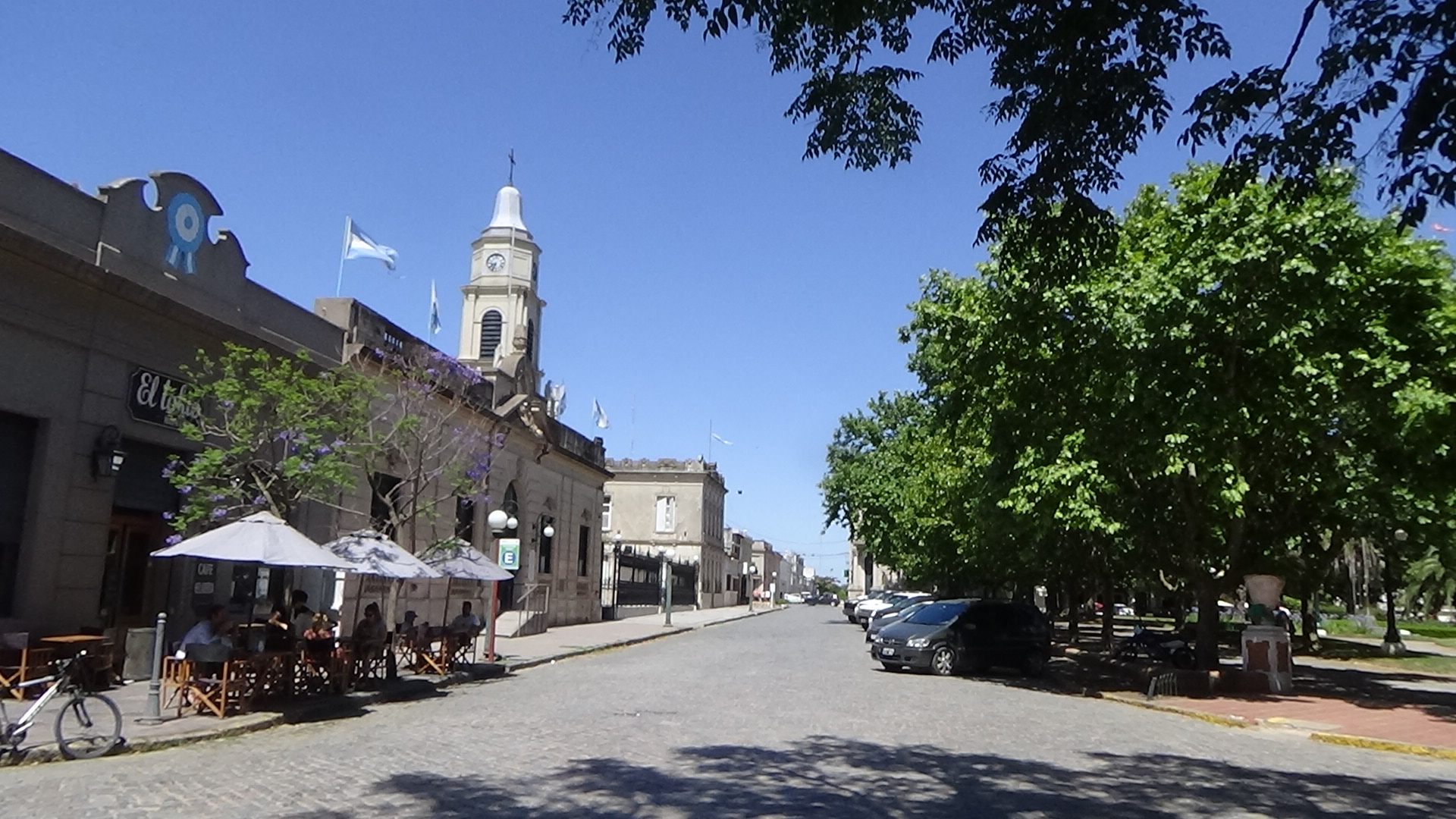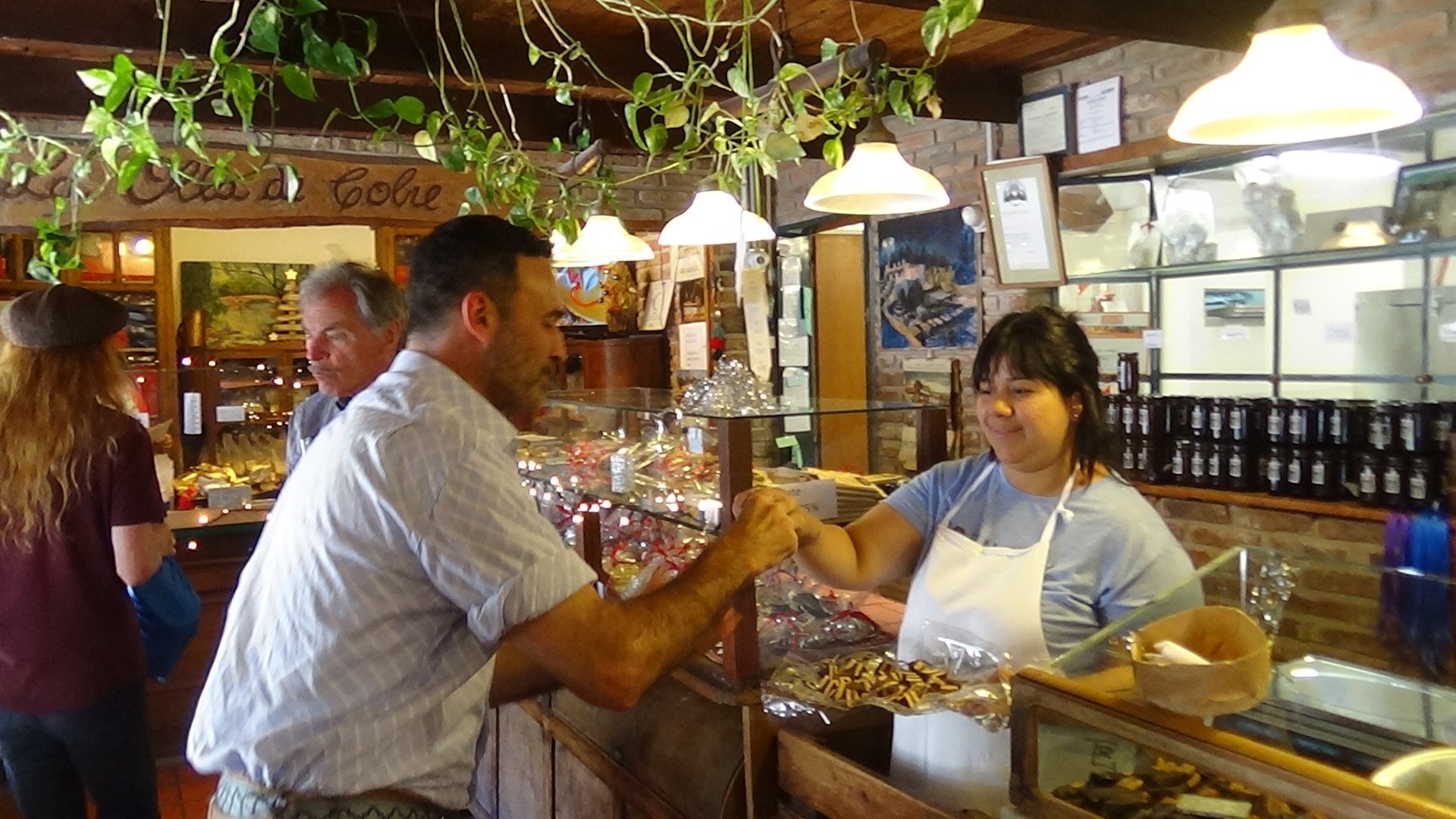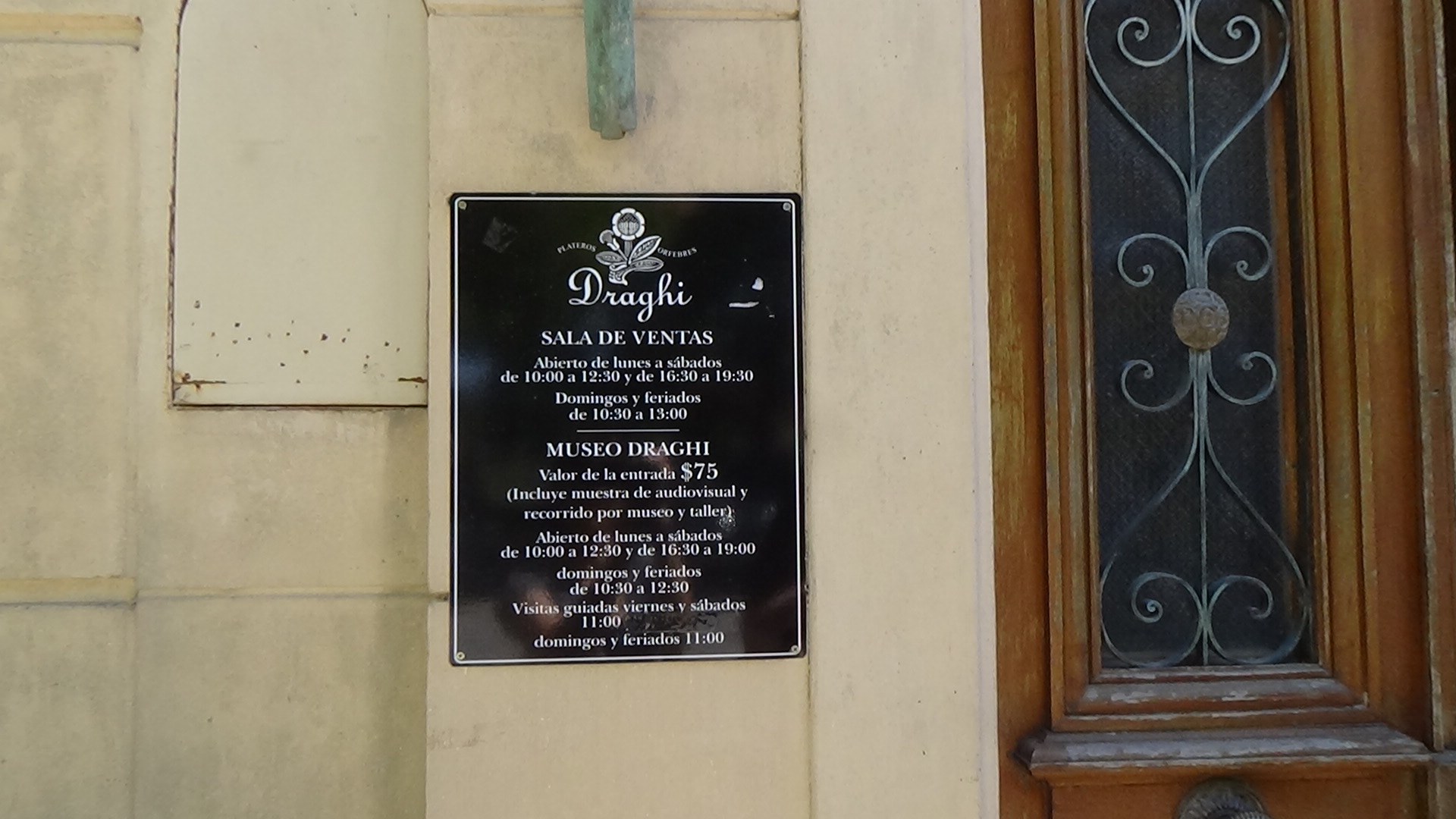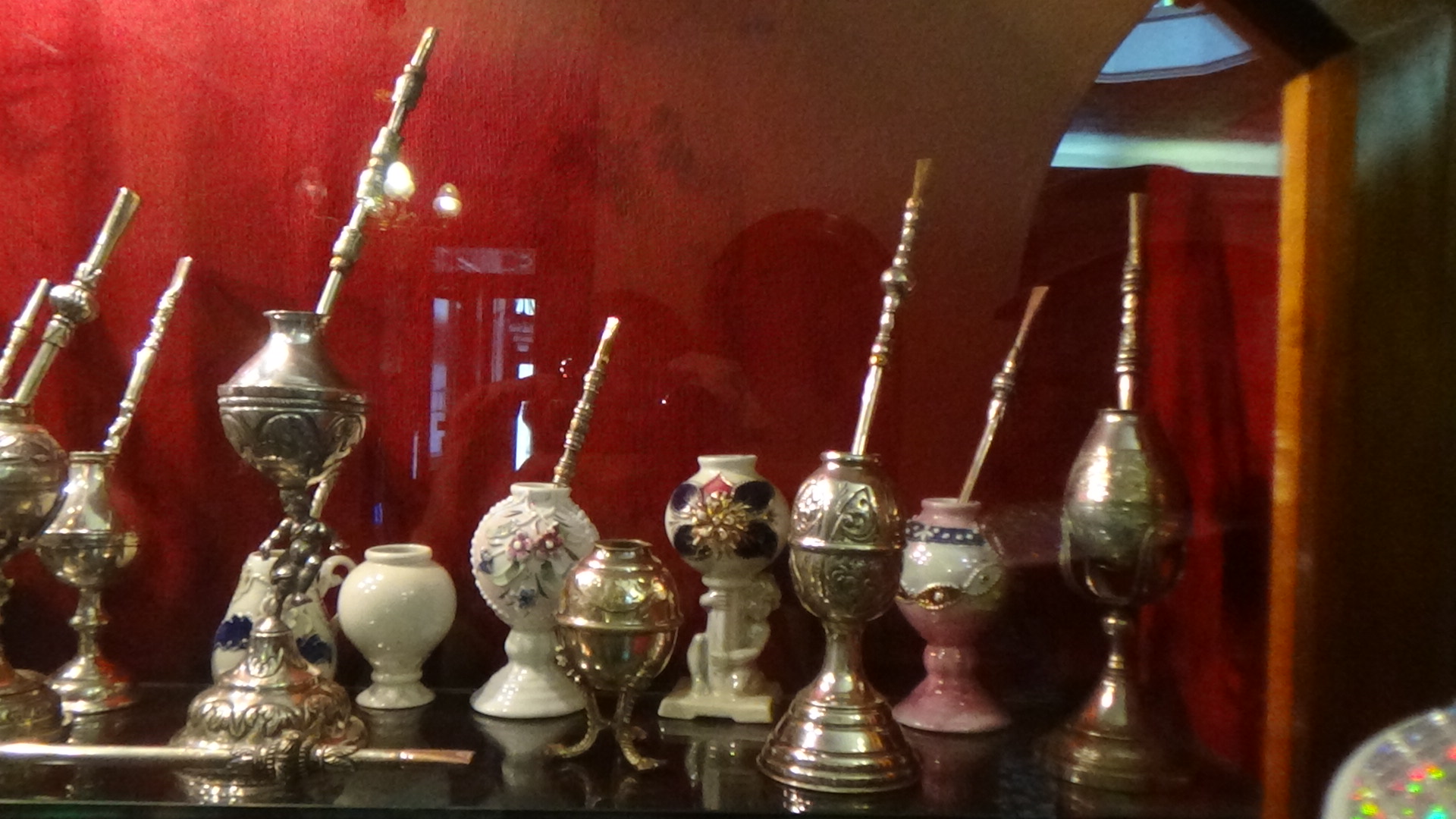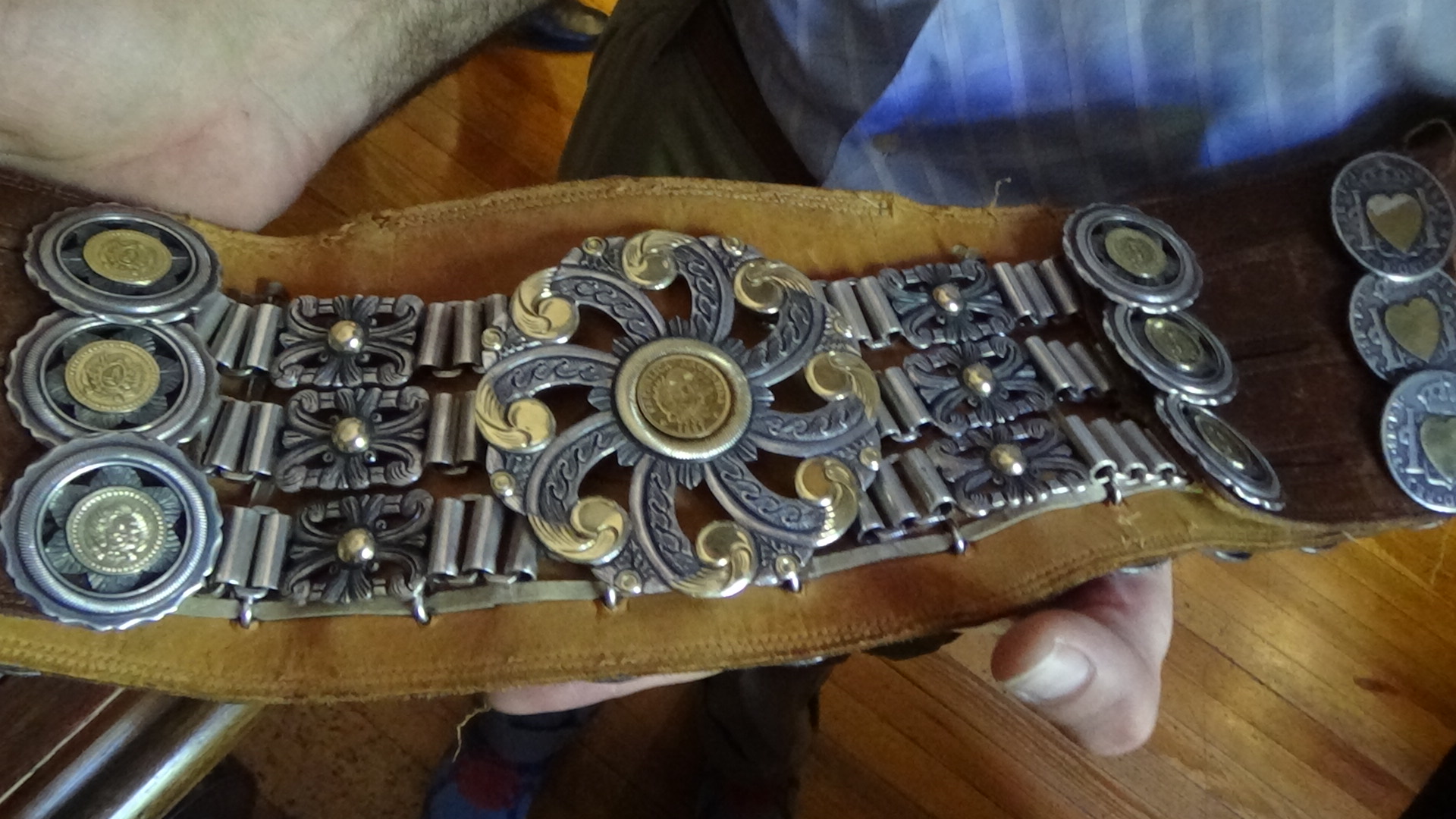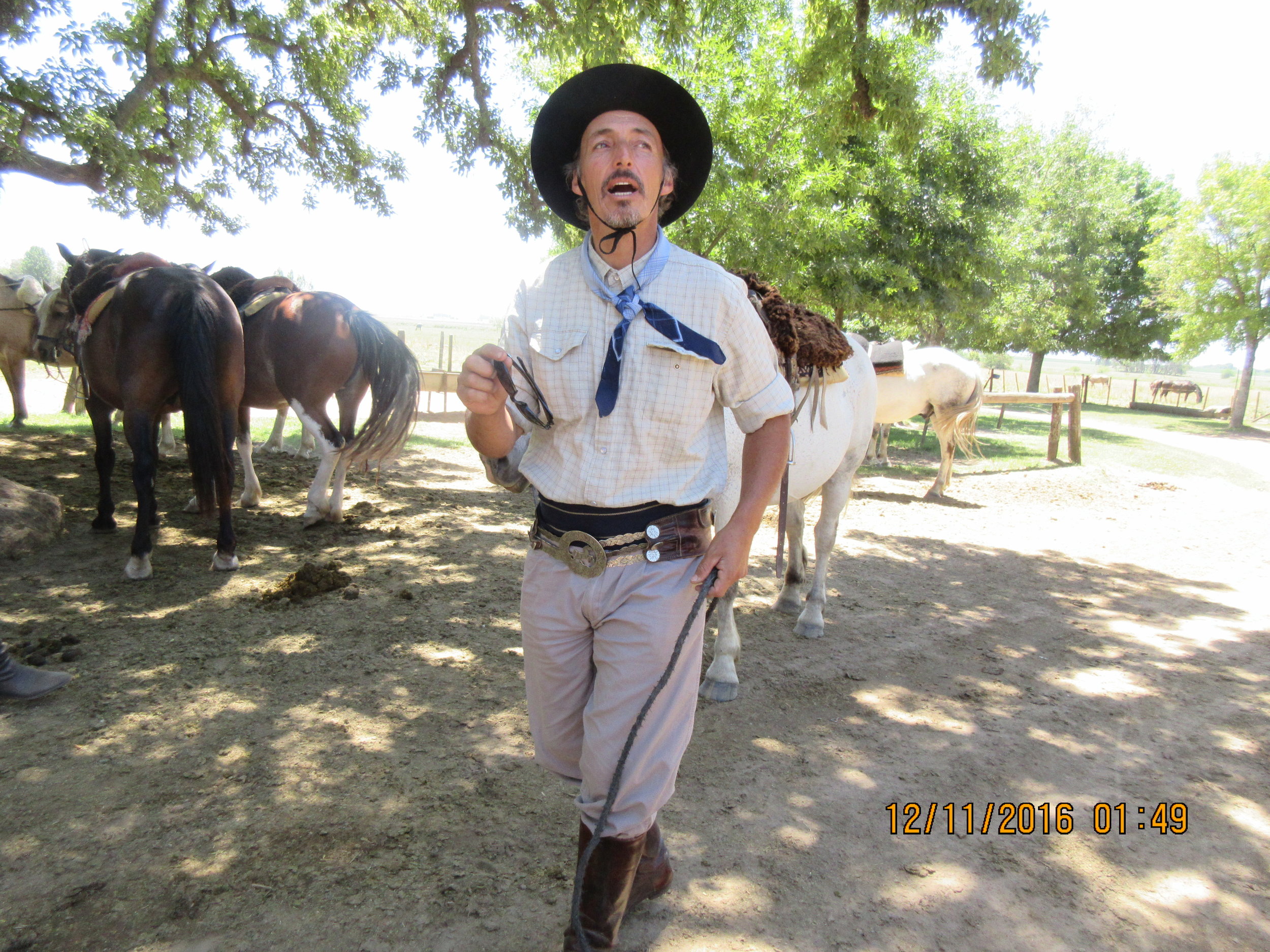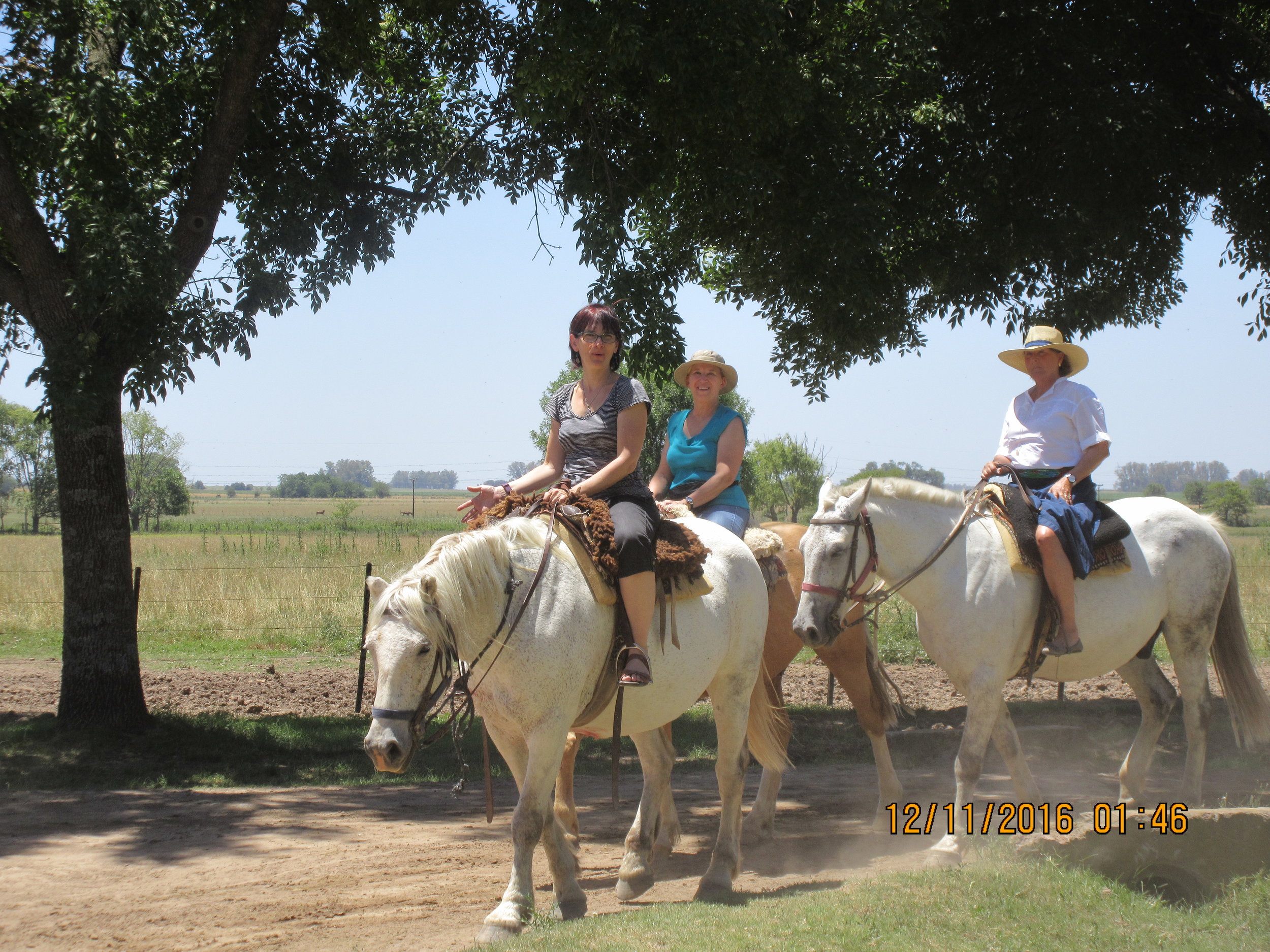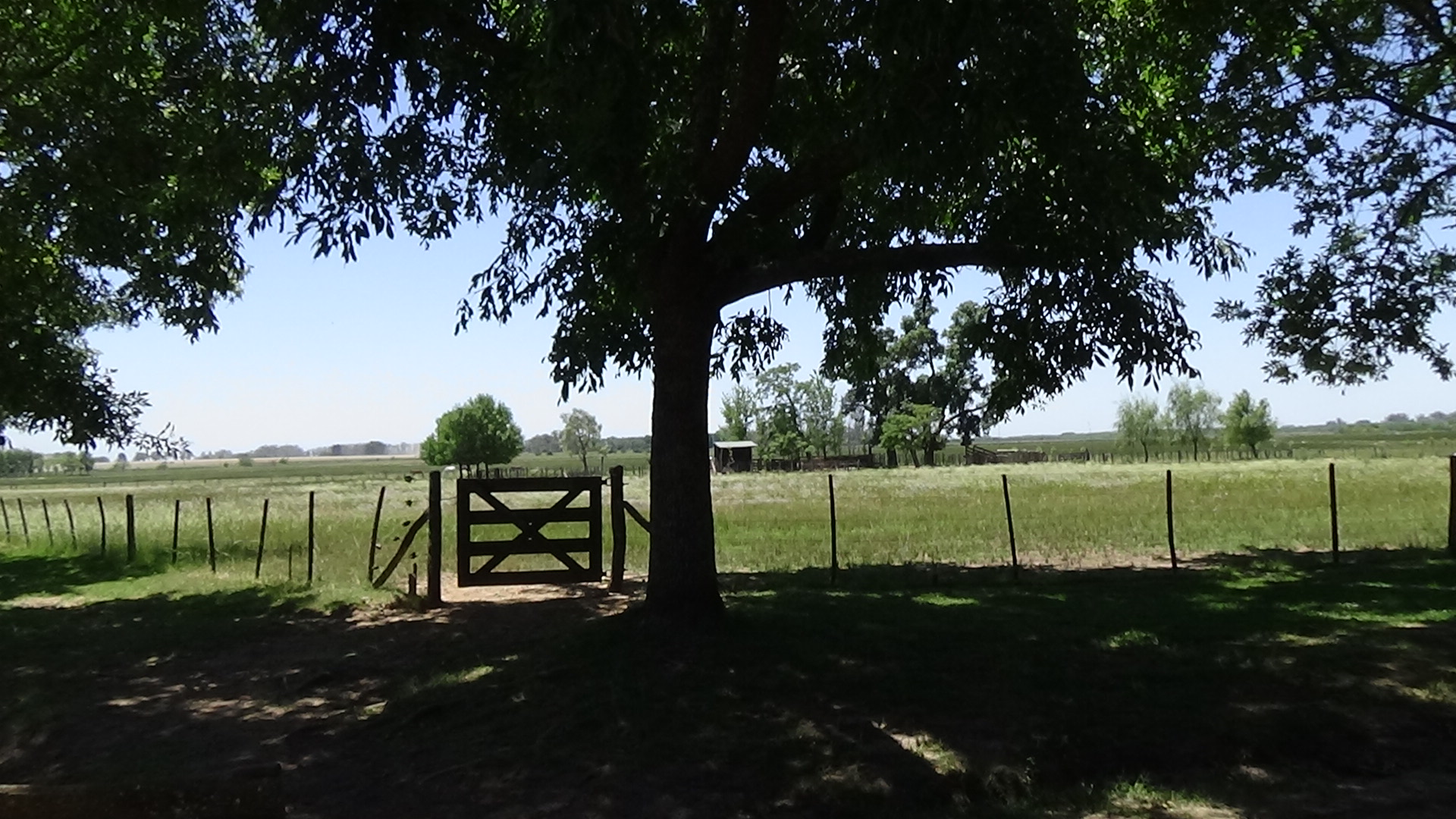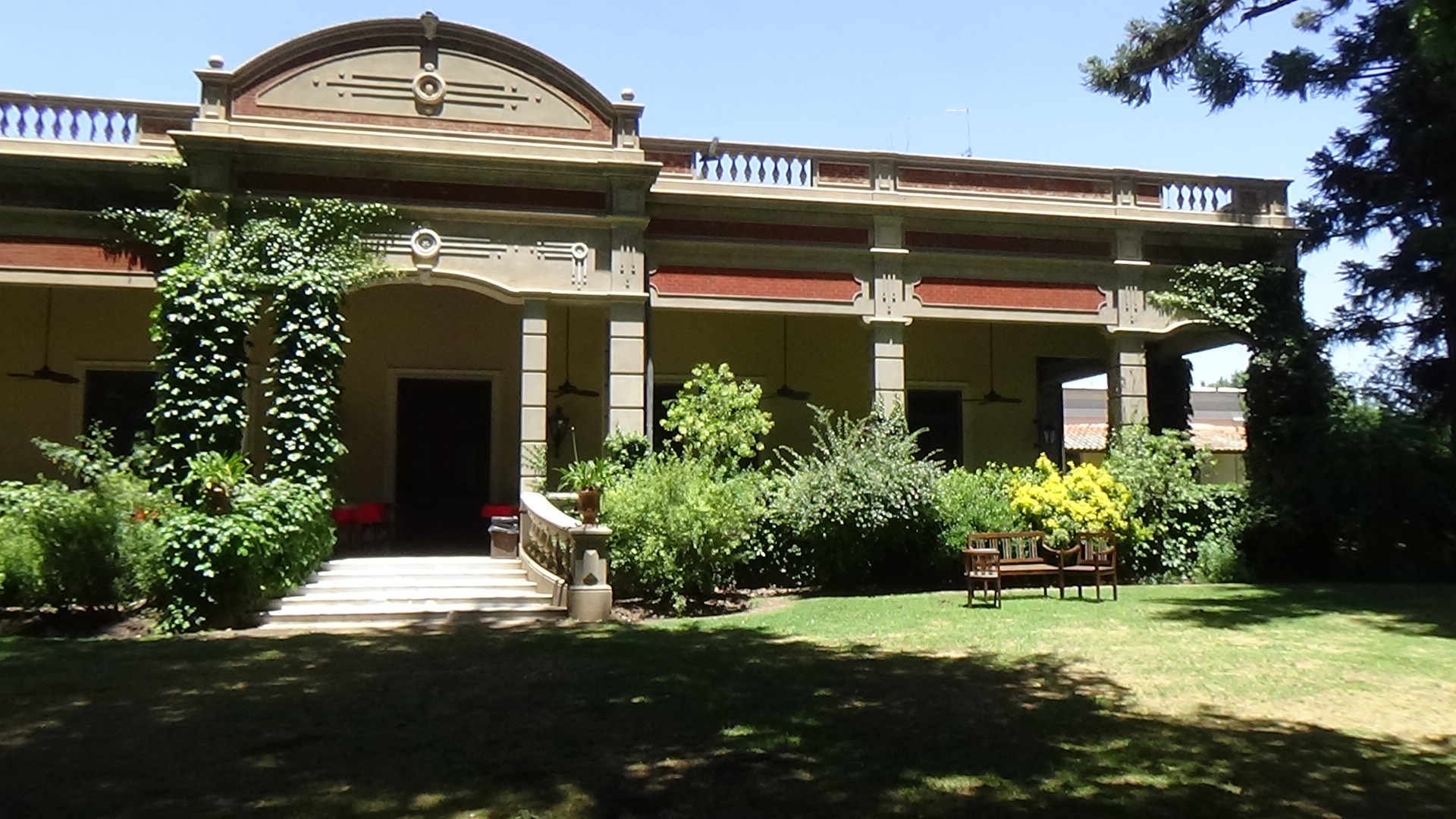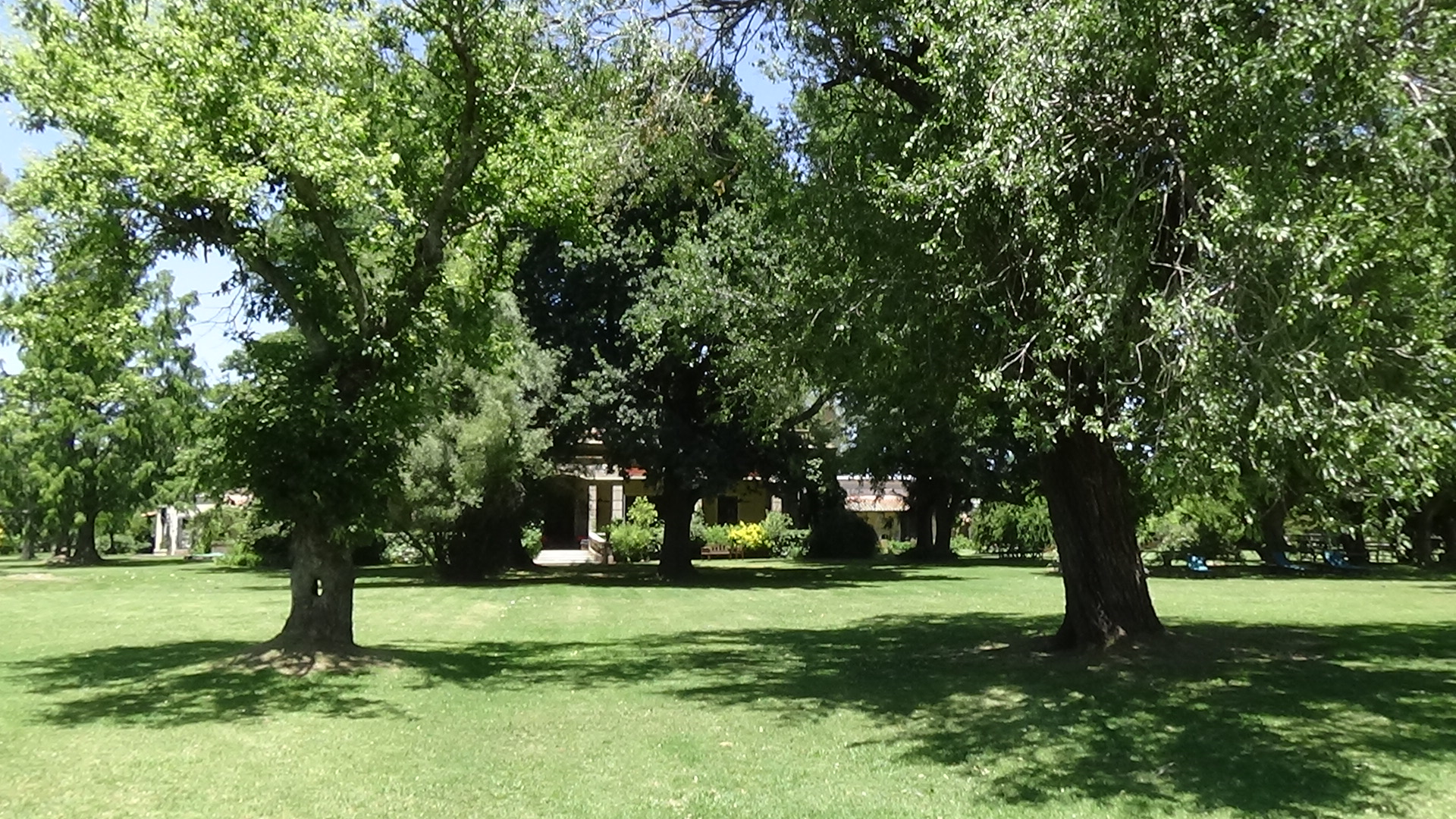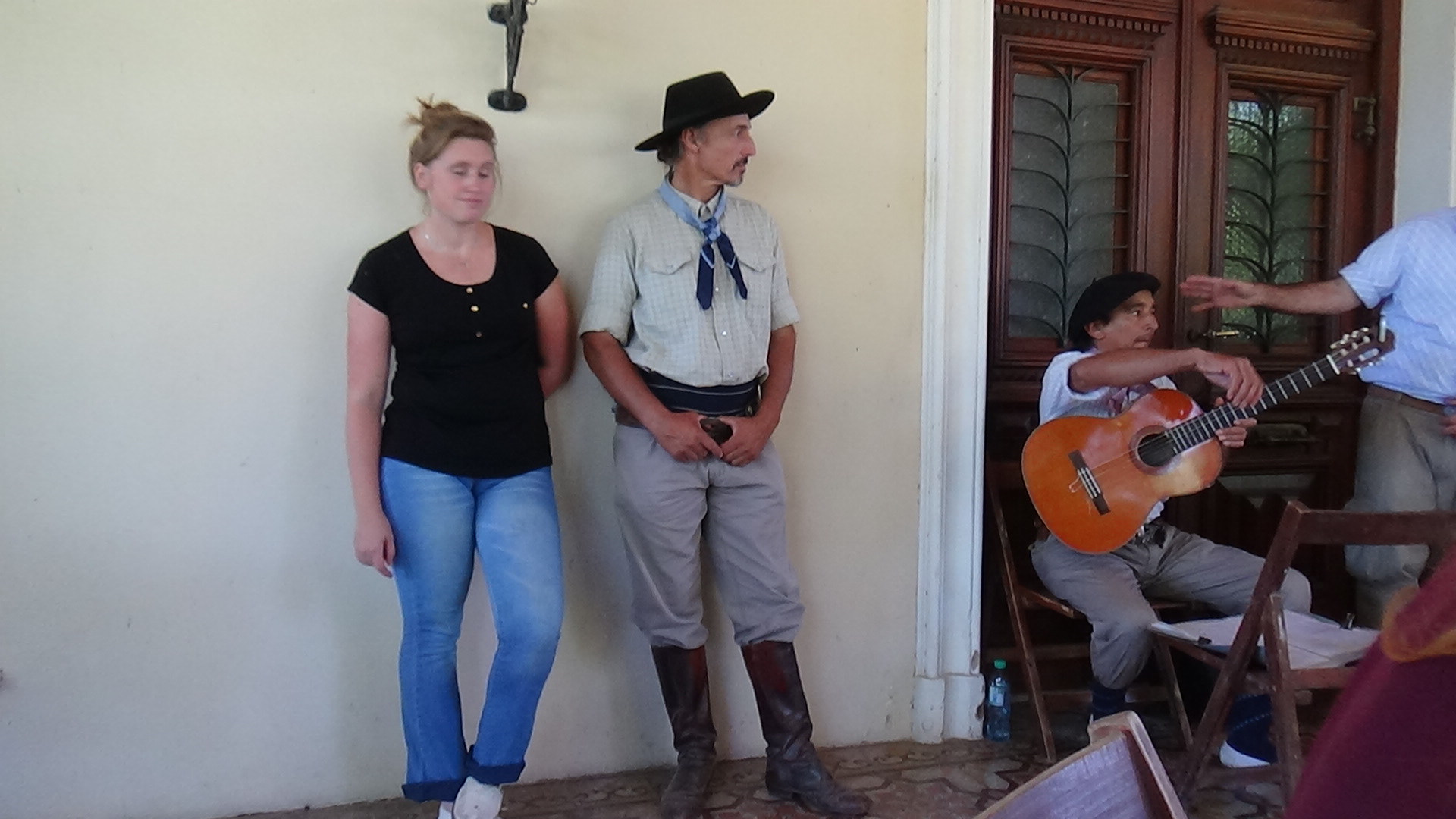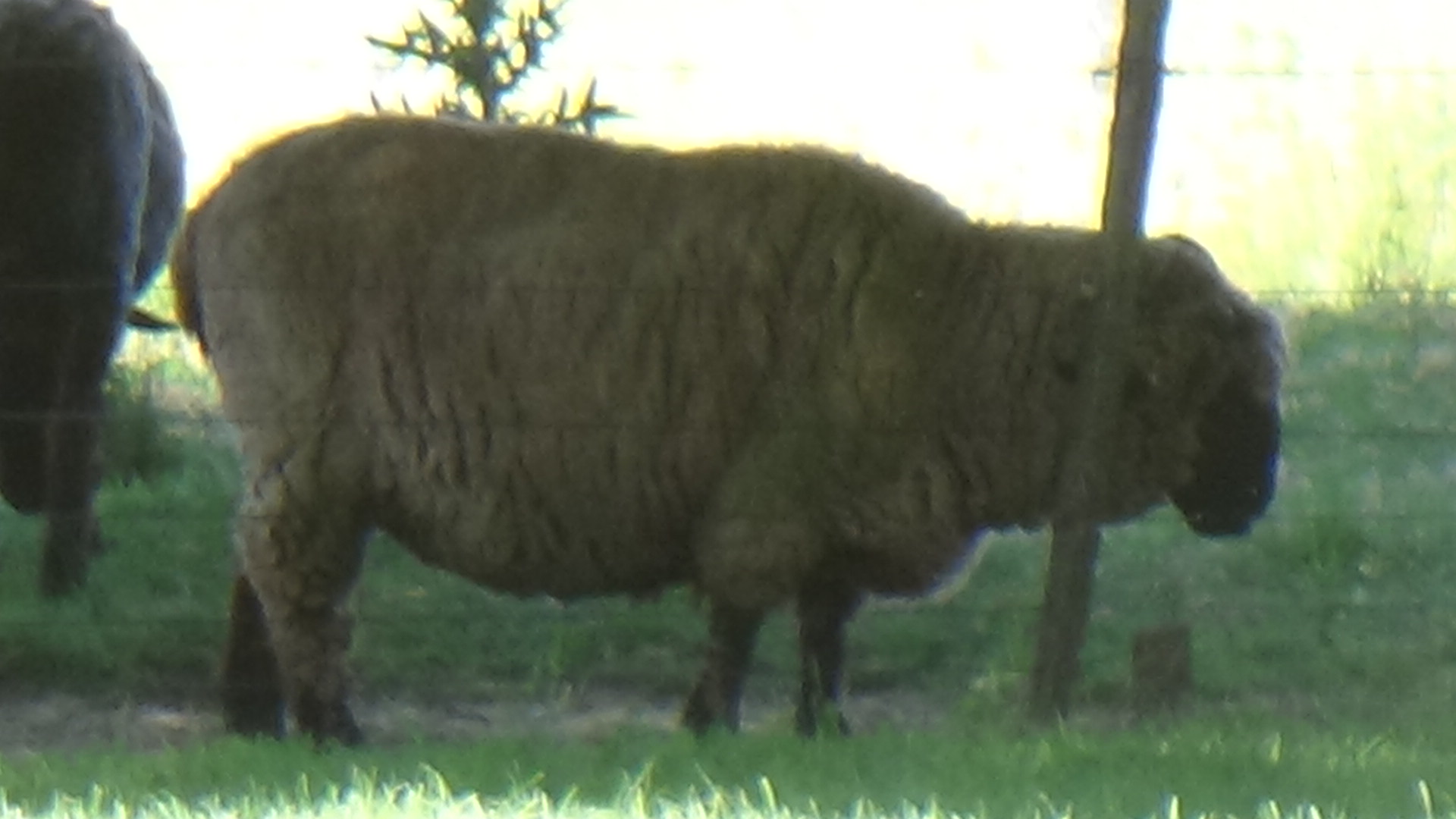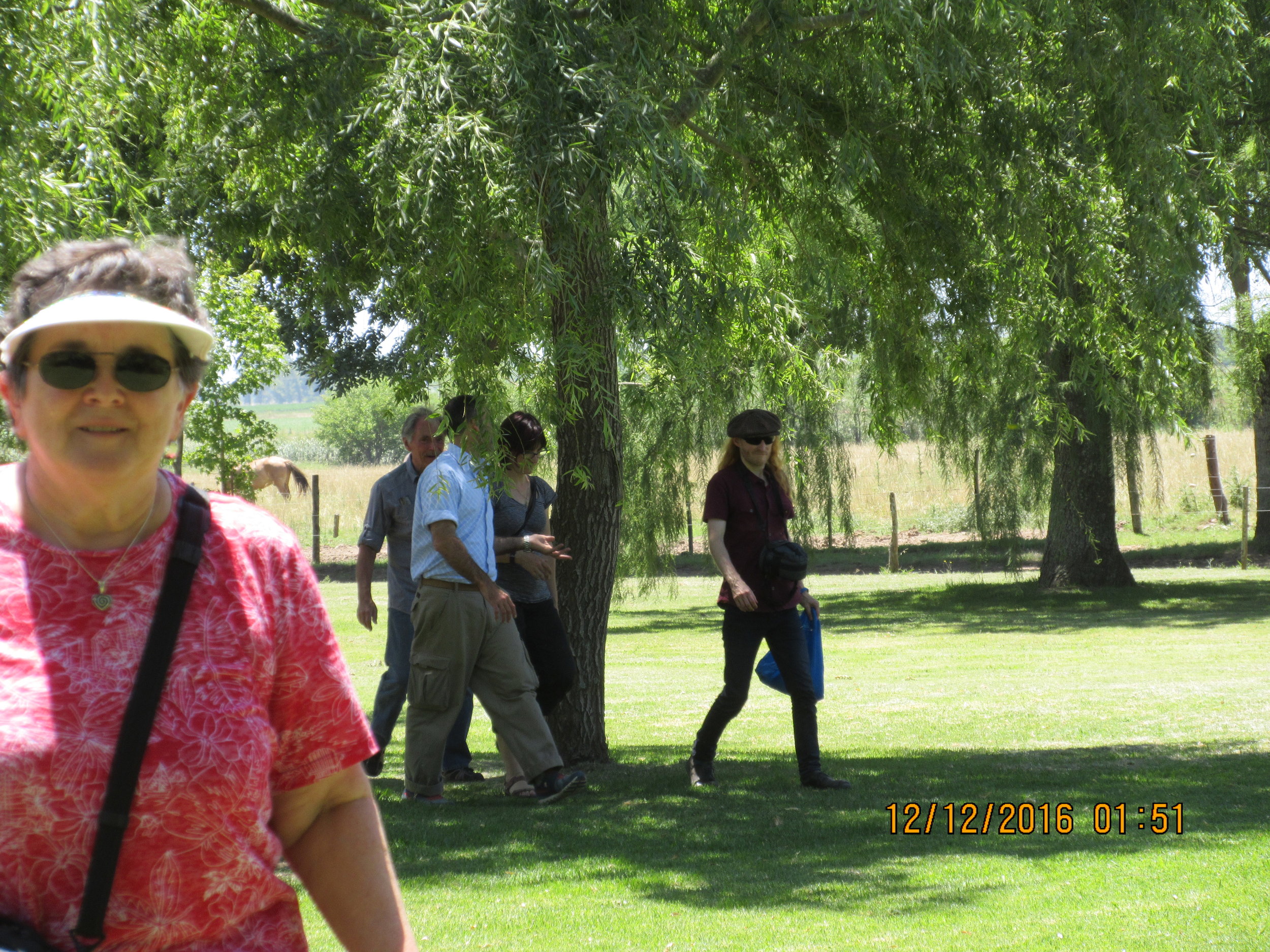“The creative, the restless, and the driven are not content with the status quo, and they look for ways to move forward, to do things that others have not. And once a pathfinder shows how something can be done, others can learn the technique and follow.”
I keep up with learning theory to help me learn to teach better. I recently read Anders Ericsson's and Robert Pool's book, Peak: Secrets from the new science of expertise, Mariner Books, 2017. Their aim is to share research that shows efficient ways to get to a higher level of expertise, without wasting time. To save you time, I have summarized the book. All the information below is from the book (quotes as noted).
“The reason that most people don’t possess . . .extraordinary physical capabilities isn’t because they don’t have the capacity for them, but rather because they’re satisfied to live in the comfortable rut of homeostasis and never do the work that is required to get out of it. They live in the world of “good enough.” The same thing is true for all the mental activities we engage in.”
Deliberate practice vs. traditional learning
Traditional learning assumes you have a limit and trains you to (maybe) reach that potential. If you are trying to get "good enough" you don't need to push for peak excellence. You can take a few classes, go to practicas, and eventually feel competent on the dance floor. At that point, your dance is automatic and you don't have to think hard to dance. The only problem with automatic practice, is that it deteriorates over time. Once you reach a level, if you don't maintain it, you will actually get worse at it!
Deliberate practice assumes there is no limit: you can shape your own potential if you have the drive to go beyond good enough. If you apply the ideas in this book to your practice, you will continue to get better and better. The only stopping you, is yourself!
The elements of deliberate practice
Defined goals
Deliberate practice includes having defined goals. What skills do you need to master to become good at tango? What are the steps to building those skills? How can you incorporate practice into your daily life to save time and increase the time you practice?
Pursuing defined goals is not fun. It's difficult to stay focused. Make your list of skills you need in order to become a good tango dancer. Highly focused sessions where you are tuned into your body and focusing on exactly what you need to do to improve, will be exhausting, but they are still the fastest way to get better. You can't space out and just go through the motions if you want to improve.
Feedback
You will not improve without feedback about what you are doing. The most efficient way to get that, is to work with a good teacher, one-on-one. That person already knows what skills you need in order to reach the top. They have already gone through the same process, and have reached a high skill level themselves. They can help you develop a plan for building your skills.
Why does it matter if your teacher is good or not? A good teacher will teach YOU how to provide your own feedback. As you understand your practice and your goals, you can monitor yourself and adjust your practice to achieve those goals. Once you understand the mental representations of what you are doing, you get coached not only when your teacher is around, but when you also can correct your practice.
How to find a good teacher
How do you get a good teacher? Find out who the teacher has taught: are those dancers good? Find out if the teacher is a good dancer; most teachers can only teach you up to their level of dance. Find out if s/he is a good TEACHER: a lot of people are good at performing in their field of expertise, but they haven't learned to teach. Can they get you to reach specific goals, provide good mental representations for you to use for practice, and help you over roadblocks? Then that's the right teacher.
“[A good teacher] is particularly important . . . where the training is cumulative, with the successful performance of one skill often depending on having previously mastered other skills. A knowledgeable instructor can lead the student to develop a good foundation and then gradually build on that foundation to create the skills . . . no student, no matter how motivated, can expect to figure out such things on his or her own.”
Where there is no teacher
If you can't afford one-on-one lessons, there are things you can do on your own to learn. However, you aren't going to learn as fast. You need to push yourself a little bit further, constantly. You need to stay focused on your goals. You need to give yourself feedback, keeping in mind that often only one or two things are wrong: look for the one thing you need to fix. You need to address that problem, adjust your mental representation, and keep going. You have to stay motivated.
Get out of your comfort zone
You won't improve if you just practice at the same level, but it's hard to make yourself leave your comfort zone. It's not fun! This is one place where having a teacher helps. One of the teacher's jobs is to ask questions/set tasks for the student that are not always easy to complete. They should be just outside the comfort zone of the student so that they are not a huge step forward that looks impossible; just baby steps up the ladder to improvement.
Motivation
The biggest factor that determines how good you will get at something, is your motivation. You can find ways and reasons to keep going; or make it harder to quit :-) It's hard to stay motivated as you pursue a goal. Most of the time, it's a long slog of practicing, and practicing is often not fun. You are pushing out of your comfort zone, trying things that are a bit too hard, and working on improving your technique. SO...figure out what kind of reward makes you keep going, and give yourself little rewards when you accomplish small goals towards your big goal.
Make it harder to quit by putting a time into your schedule where you practice. Don't just say, "oh, I will practice sometime today" and let it slide. Make the sessions short, do the work, and stop. Believe in your ability to reach your goals. Look at someone successful: that's a great example of someone who didn't give up! You can do the same thing.
Get your friends involved
One of the best ways to stay motivated, is to do your practice in a group. You can get feedback from the other people, borrow their training tips, watch them for new ideas, and stay focused on your goals.
Find ways to get through barriers
Everyone hits roadblocks in their training. When you get stuck, look at the problem a different way. Try a different exercise, dance with a different partner, go to a different event, take a private lesson--whatever you need to do to get back on track. There will always be barriers, and it's just a question of overcoming it.
Let your motivation get you through being stuck. Pick what motivates you, and use to so that you don't give up when you hit a roadblock on the way to your goal. For example, if I meet my running goal for the week, I get to buy a gluten-free pastry at the bakery. It keeps me running, and my overall health improves.
Mental representation
This is what I am implementing even more than I did before I read this book. According to the book, "A mental representation is a mental structure that corresponds to an object, a collection of information, or anything else, concrete or abstract, that the brain is thinking about" (p. 58). Mental representations hold a lot of information, but in chunks of data. This helps your brain process/apply information more quickly.
As your skills improve, you refine your mental representation. You try things, fail at them, redraw your mental representation, and try again. You get better at evaluating your performance, comparing it to your representation and giving yourself feedback and corrections.
One of the last things the authors note in their book: we don't know enough about mental representation in training, and that studying how top performers in a field work through their mental representations might allow coaches, researchers and learners, to tailor training to include how to improve these mental models. Verbally building these representations, explaining what you understand, should help your teachers guide the construction of your mental representation, and speed up your learning.
The big take-aways
Talent only helps the process get started
Ericsson's research shows that natural talent is not the THE key to becoming one of the best in the world at something. It helps in the beginning, as kids who seem talented at something may be steered into a path, but that doesn't mean they will be better in the long run: ". . . there is no evidence that any genetically determined abilities play a role in deciding who will be among the best." (p. 235)
Everyone has potential
Hard work, good coaching and focused, deliberate practice make the difference, not talent. The ones who get to the top work harder that other people and have more motivation. They didn't quit when they hit a plateau.
For me, I have always said that everyone is a dancer; some people just don't know it yet. Look for potential, not limits! The only person who won't be good at something, is the one who has given up. That means ALL OF US could be amazing tango dancers, top in the world. Even if we don't aspire to that, we can up our game through deliberate practice. Get inspired!!



























